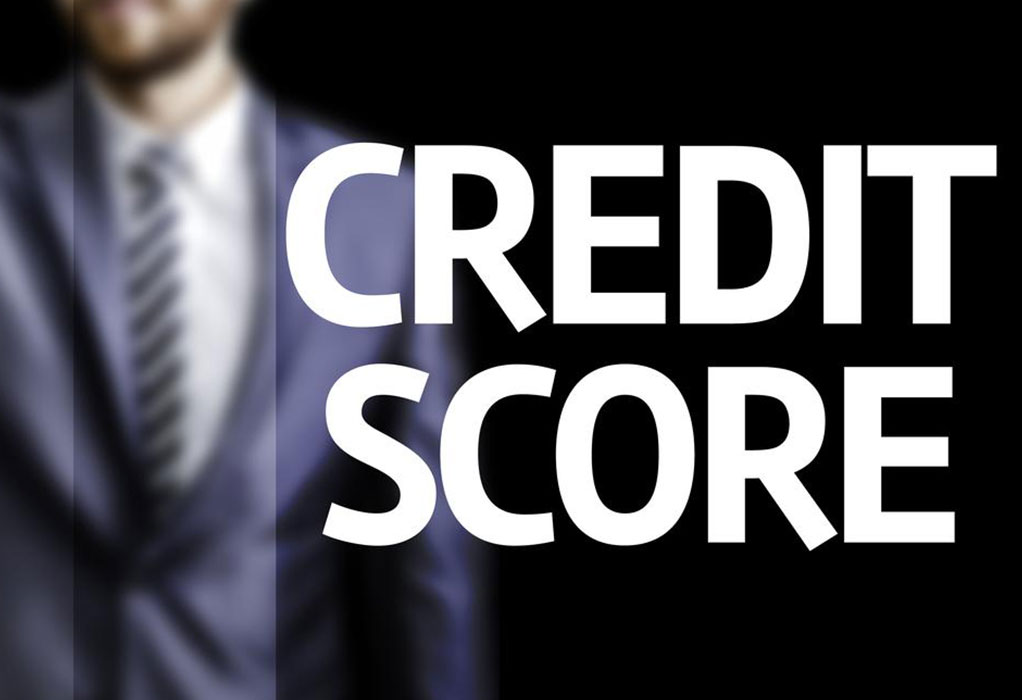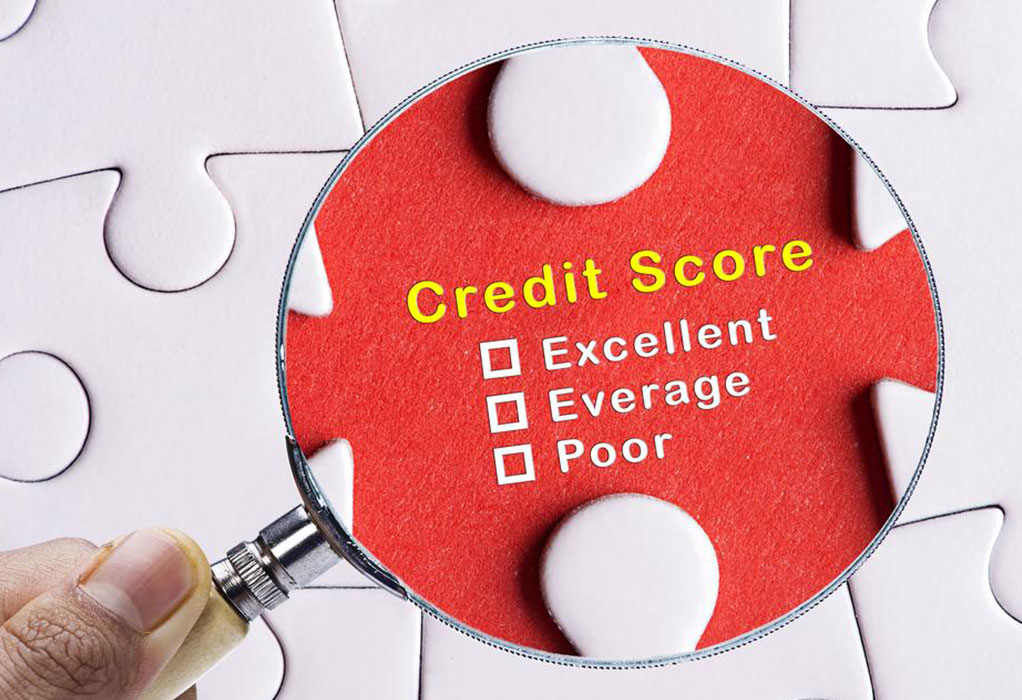Understanding the Various Types of Credit Scores
This article explores various credit scoring models used in the US, including FICO, VantageScore, and others, detailing their ranges, factors influencing scores, and their applications in lending, insurance, employment, and rental decisions. Understanding these scores helps consumers better manage their credit and financial health.
Sponsored

Credit scores are numerical indicators used by lenders in the United States to evaluate a borrower’s creditworthiness. A high score suggests a strong likelihood of repaying borrowed funds. Along with credit reports, these scores assist lenders in assessing risk when offering loans. Today, major banks, credit card companies, and lending institutions rely on these scores, combined with income and employment details, to make financial decisions. Credit scores also influence insurance premiums, employment opportunities, rental approvals, and insurance coverage determinations.
In the 1990s, specialized scores from credit bureaus helped insurers gauge risk, with higher scores indicating fewer claims. For instance, in 2009, TransUnion discussed marketing employment based on credit reports during hiring. Multiple bureaus nationwide generate credit reports with varying assessment methods, leading to score differences. These scores are based on factors such as payment history, debt levels, types of credit, credit history length, and recent inquiries.
The primary types of credit scores include:
FICO Score: Developed in 1989 by Fair Isaac Corporation, FICO scores are the most prevalent. Ranging from 300 to 850, they assess creditworthiness based on data from Experian, Equifax, and TransUnion. Key factors include:
Payment history—35%, including late payments or bankruptcies.
Debt levels—30%, considering total debt and credit utilization.
Credit age—15%, with older histories favoring higher scores.
Credit diversity—10%, managing multiple credit types.
Recent credit inquiries—10%, fewer searches indicate less risk.
NextGen Risk Score: Released in 2001, this model assesses consumer credit risk on a 150-950 scale. It emphasizes recent account activity and fewer delinquent accounts.
FICO Educational Scores: Used mainly for educational purposes, these scores include Experian’s Plus Score (330–830), Scorex PLUS (300–900), and Equifax’s score (280–850).
SBSS Score: Designed for small business applicants, this credit score ranges from 0–300.
VantageScore: Created by the three major credit bureaus in 2006, it aims to challenge FICO’s dominance. Since 2013, it ranges from 300–850.
CE Score: Developed by CE Analytics and distributed to lenders through Credit Plus, it spans a 350–850 range and remains free for consumers.
Other Non-FICO Scores: Several alternative scores exist, including TransUnion’s TransRisk (300–850), Experian’s National Equivalency (360–840), and additional models from Credit Karma and Credit Sesame, which serve various informational and filtering purposes but are not always used by lenders.






